Specimen Medicinae Sinicae, 1682
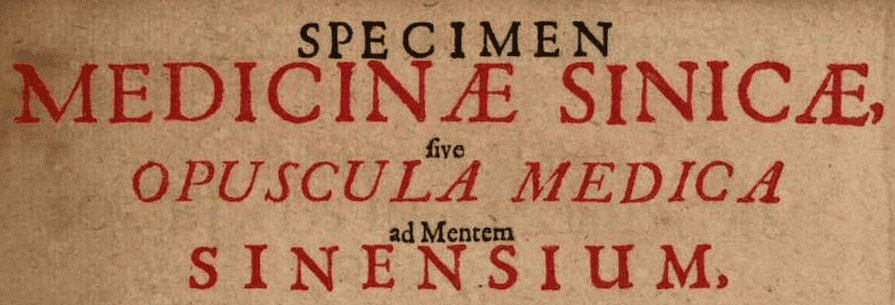
Specimen Medicinae Sinicae (‘A Look at the Medicine of China), compiled by Andreas Cleyer and printed in 1682, is grand in its scope and thoroughness. It is the first detailed text in the west to detail TCM. It covers theory, tongue and pulse diagnosis, meridians, materia medica as well as a number of commonly used formula. Interestingly, it uses an early type of phonetic PinYin, for example, Bupleurum Chai Hu is written as Chay hu. It also recognises certain known medicines giving their Latin, rather than phonetic Chinese names. Examples being Rhabardari (Rhubarb, Da Huang) and Zingiberis (Ginger).
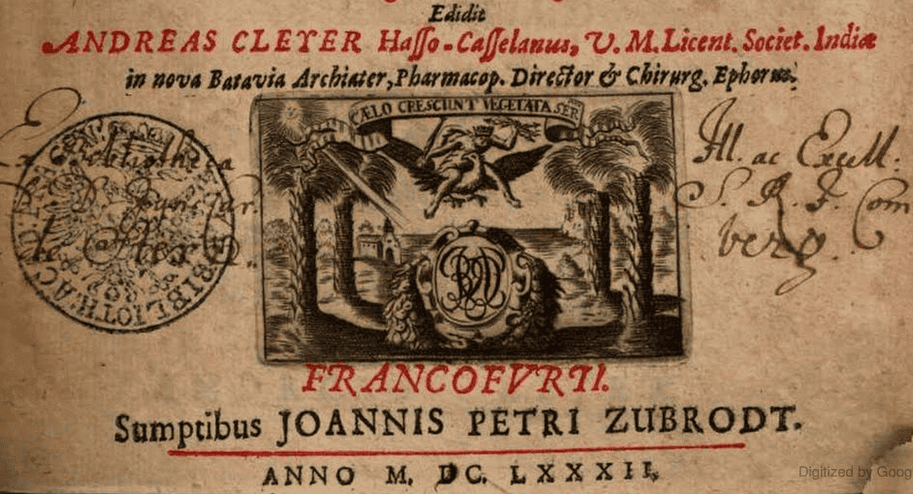
|
Right: Da Chai Hu Tang (Greater Bupleurum Decoction) as listed in Specimen Medicinae Sinicae. It is slightly different from Da Chai Hu Tang as used in TCM today which may be either a variation, or a mistranslation. For example, it lists Licorice Gan Cao (Kan Cao) which is not in the formula as we have it today and omits Paeonia Bai Shao. In the decoction it orders Da Zao (Jujubes) and fresh Ginger. Right: An illustration show the positions of the Pulses (right) along with part of a detailed table showing the meaning of different types of pulse (below). Notice the use of illustrations to show the impression of the pulse. The table gives the Chinese name for each pulse, a description of the pulse along with diagnosis. |
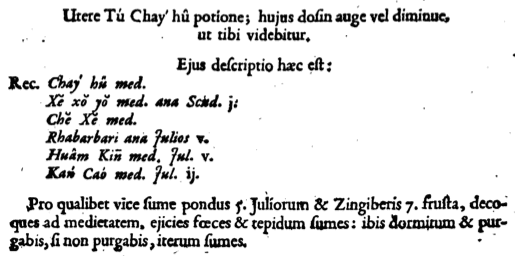
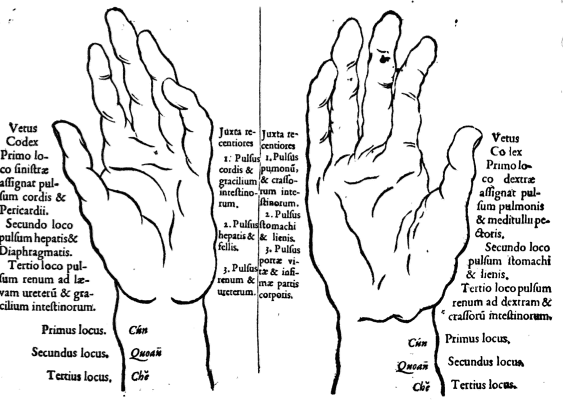
|
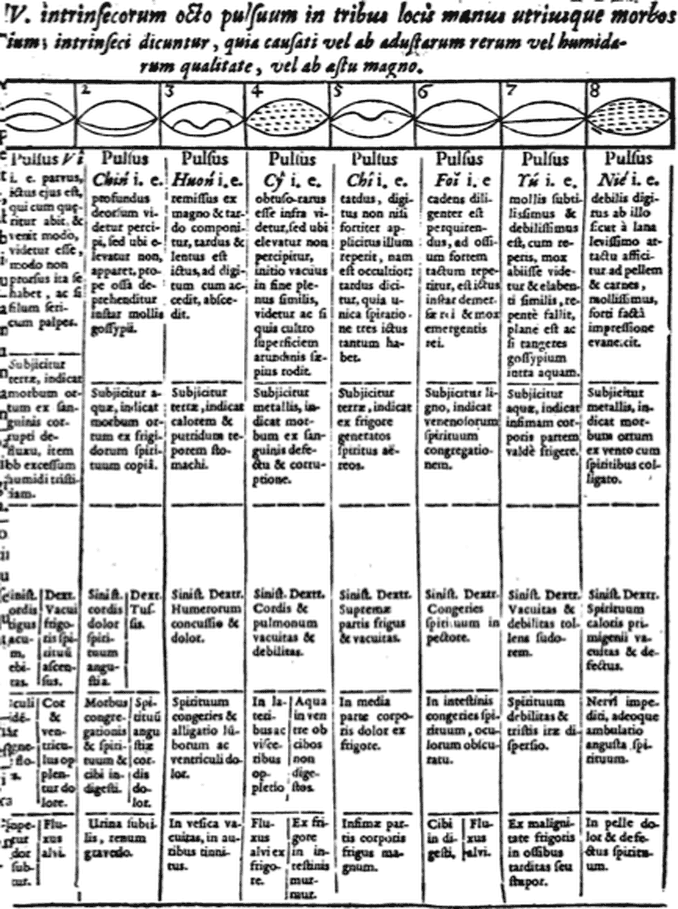
The following Illustrations show the Pericardium Meridian (Left) and Meridians of the Back (Right).
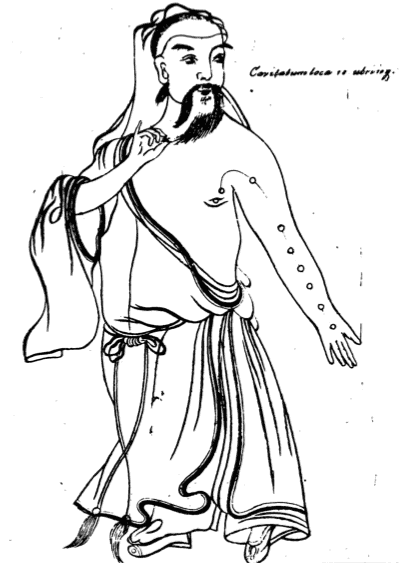
|
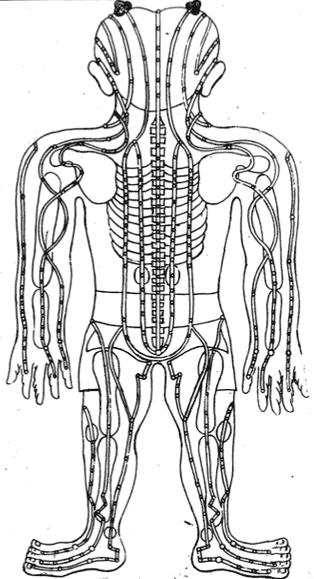
|
|
One of the Tables illustrating Tongue diagnosis |
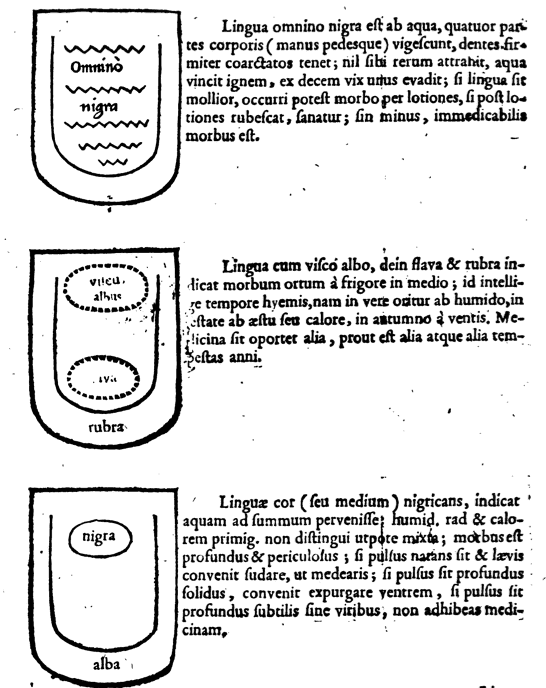
|
The Book is available to download from Google
 You may also Like:
You may also Like:Chinese Medicine in European Texts
Introduction to the Shang Han Lun
Chinese Medicines used in the West before TCM
